
Royal Romances: Nothing Like A Fairytale
Royal romance has fascinated people throughout history. Let's face it, the Royals were celebrities before celebrities were invented, and everyone wanted to know what they were doing to whom. Especially if it wasn't in the consecrated Royal Bedchamber!
But, like our contemporary celebrities, Royals fell in and out of love, did the dirty on their spouses, and sometimes even chopped off their heads -- you must admit it was cheaper than so many billionaires' divorces nowadays. And the fascination with Royal love and lechery goes way back, to the Old Testament.
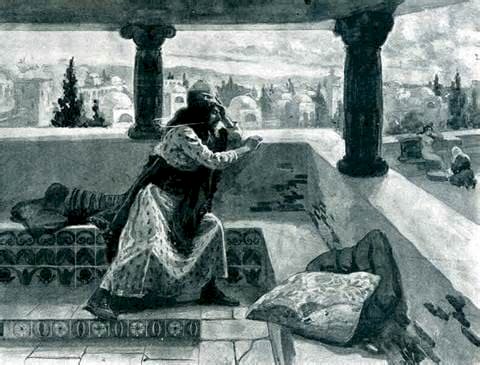
King David watching Bathsheba st her bath | CoronaMonroe
The Adulterous King
So now we all know the story: old King David had wives and concubines a-plenty, but one night he was looking out of the window of his throne room and saw a woman bathing on her rooftop.
His Majesty got hot and bothered and had the lady, who was the soon to be famous Bathsheba brought to him. He ended up having his way with her even though he knew she was married -- which in those days did more than land you in divorce court, it meant death by stoning (for the woman) and damnation.

10th century illustration of David composing the Psalms | Public Domain
And then, of course, the usual thing happened. Bathesheba found out she was pregnant. Her husband, Uriah the Hittite was off bravely fighting for the king at the time of conception, so he was summoned back immediately.
David was hoping Uriah would ignore the rules of celibacy for warriors during a military campaign, and hop in the sack with Bathsheba. This meant that poor Uriah would then believe the cuckoo busy hatching in his wife's nest was his...
But as it turned out, David was out of luck. Uriah was a moral God-fearing man (unlike his King) and stayed out of the beauteous Bathsheba's bed despite her valiant efforts to entice him.

Bathsheba at the Bath by William Blake | Public Domain
David then assumed the Royal prerogative of dirty dealing and arranged to have poor Uriah killed on the battlefield, so he could marry the grieving widow.
The prophet Nathan chastised David and told him that his House would always live under the sword he'd raised to strike down Uriah. Worse yet, Bathsheba's little son fell ill and died. Interestingly enough, the Bible does not state that Bathsheba was a willing participant, in the sex or the murder...

1866 painting Cleopatra and Caesar by Jean-Léon Gérôme | Public Domain
The Queen of the Nile
Cleopatra and Julius Caesar's was the original May/ December romance. Historians estimate the famous Roman General was in his early 50s when he met the young Queen of Egypt, then in her late teens. Cleopatra set out to seduce Caesar, who was a famous Lothario -- he seduced his political rivals wives' as a sport -- and the incredible happened.
Caesar fell in madly love with the young Egyptian queen (who was in fact of Macedonian descent) and ended up fathering his only known child on her. But please note, Cleopatra was not an Elizabeth Taylor look-alike.

The only surviving sculpture of Julius Caesar made during his lifetime | Public Domain
She was described as short and plain with a big nose, but so charming and fascinating that people fell under her spell -- this was written by the historians of her arch-enemy Augustus Caesar, so they were doing her no favors.
Caesar was then married to a highly respected and beloved Roman lady named Calpurnia (his third wife) and his dalliance with a foreign woman was a scandal in puritanical Republican Rome.

Cleopatra and her son Caesarion as Venus and Cupid from the House of Marcus Fabius Rufus at Pompeii | Public DOmain
Remember that the days of the orgy and Roman licentiousness were far in the future! Worse yet, after Caesar returned to Rome, his Royal mistress came over for a visit and displayed her wealth and Royal privileged in a way most offensive to Republican Rome.
The conspirators who assassinated Caesar grew to believe she was influencing him towards monarchic ambitions, and so the greatest Roman of them all fell...

14th Century illustration of Edward II of England receiving his crown | Public Domain
The Prince's Favorite
Back in the Middle ages love between two men was not something that was seen with kindly eyes. Homosexuality was a deadly sin and a crime...
King Edward I of England inadvertently set a tragedy in motion in 1300 when he assigned a handsome young nobleman Piers Gaveston to the entourage of his 16-year-old son, Edward of Caernarfon. Edward was the King's 4th son and had only recently become his heir when his oldest brother died.

1872 painting by artist Marcus Stone depicting Edward II with Piers Gaveston | Public Domain
But the two young men became close, very close. So much so that the King had Gaveston exiled in an attempt to separate him from the Prince. The King died, and Edward's first act on assuming the throne was to recall his lover from exile.
His partiality to the handsome Gaveston, whom he showered with gifts and even made an Earl, didn't sit well with his Court, or his wife, Queen Isabella. Edward was nowhere near as powerful as his father, and the combined pressure of his barons and his queen forced him to exile his lover once again.

15th-century representation of Piers Gaveston lying dead at the feet of Guy de Beauchamp | Public Domain
The enraged Edward rescinded on accords he'd made with his barons, the Ordinances of 1311, and summoned Gaveston back to Court. His decision was to prove fatal. Shortly after his return, Gaveston was murdered by one of his barons, Guy de Beauchamp and Edward vowed to avenge him.
Edward II would spend the rest of his reign at war with his wife and his barons. He was deposed at the age of 43, and died in prison -- some say murdered -- still grieving for Gaveston.
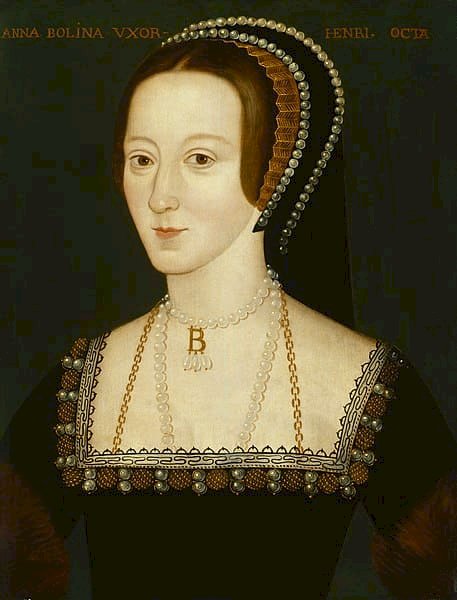
Portrait of Anne Boleyne | Public Domain
The King In Love
We couldn't write about Royal love gone wrong without Henry XVIII, it just can't be done. His marriages and his love affairs were the talk of Europe during his lifetime, and we're still gossiping about King Hal today.
In 1626 Henry was 35 years old, and far from the obese and grotesque figure, he would one day become. He was considered one of the most handsome men in Europe. The King was an accomplished musician and composer, an athlete, and a matchless jouster. He was also married to his brother's much older widow and had no heir but a daughter, Mary.
Then his eye fell on a young woman recently returned from the notorious French Court, Lady Anne Boleyn, connected by blood to the great Howard family. Henry was rumored to have bedded her mother, and her sister Mary had been a favored mistress.

1491 portrait of Henry XVIII | Public Domain
Anne was by all accounts not a beauty, but she was witty, intelligent, highly educated, exciting. Henry expected Anne to yield, as had her sister Mary before her. After all, no one ever said no to the King...Except for Anne.
Over the next 7 years, Henry pursued Anne ardently. He showered her and her family with wealth and titles, but for Anne, it was marriage or nothing. Anne convinced the King she would give him the heir he needed, and in order to divorce his wife, Katherine of Aragon, he broke with the Catholic Church.
But the marriage failed to bring Henry the happiness he'd dreamed of. Anne fell pregnant quickly enough, but the much-desired baby turned out to be a girl, the future Queen Elizabeth I. Much depended on Anne's second pregnancy, had she but known it, her life.
Henry was jousting while the court and his pregnant Queen watched, and was toppled from his horse, injuring himself badly. The shock provoked a miscarriage. It was a boy. The King survived, but the Queen's life was now hanging by a thread.

Portrait of Anne Boleyn by Hans Holbein the Younger | Public Domain
After her 4th pregnancy ended in yet another miscarriage, Henry became as eager to rid himself of Anne as of his first wife, Katherine. He ordered is secretary of state Thomas Cromwell to orchestrate charges against Anne, which included adultery with several men, including her own brother.
Tried and convicted of treason, Anne Boleyn was executed on May 19, 1536, opening the way for Henry's third queen, Jane Seymour, who was already waiting in the wings.
As a special concession, Henry had a accomplished swordsman brought in from France to cut off her head, and spared his Queen from the block and the ax.

Hans Holbein 1532 portrait of woman identified as Catherine Howard | Public Domain
The Betrayed King
It was 1540 and the Court of Henry VIII was eagerly awaiting the arrival of his new bride, Anne of Cleves. His third wife, Jane Seymour had died in childbirth, but his search for a new queen had proved to be problematic. One of the Princesses to whom his ambassadors offered his hand had responded that she could not marry him, seeing as she had only one neck...
Anne of Cleves was an obscure Princess of a minor German house, and she proved not to be to his taste at all. In fact, the King had already spotted the next morsel with which he intended to sate his Royal appetite.
The young girl, probably 14 or 16, was Catherine Howard, a cousin of his second wife Anne Boleyn. But whereas Anne had been a brilliant and vivacious intellectual, Catherine by all accounts could hardly read. She was young, slender, and pretty and the King, 49, was hugely obese.

Portrait of Henry VIII | Public Domain
His jousting accident had left him with an open ulcer in his leg, which constantly drained pus, and gave him a limp. According to the accounts of his courtiers, the King was surrounded by the stench of sickness and decay.
He would hardly have been a gallant lover, but Catherine's uncle, the Duke of Norfolk saw her as a second opportunity to bring his house to the throne of England. Henry had his marriage to Anne of Cleves annulled (it was never consummated) and the next day he married little Catherine Howard.
The King was finally happy. He called Queen Catherine his "rose without a thorn" and had masses of thanksgiving celebrated throughout the land.
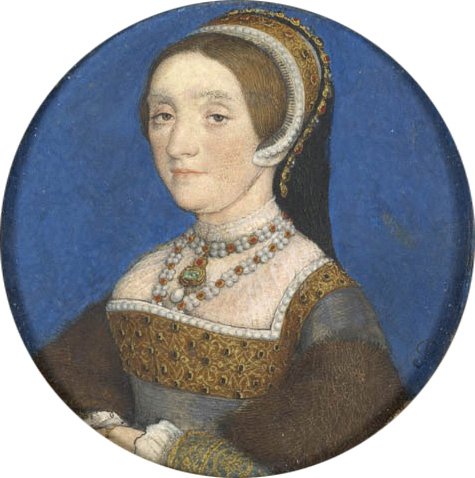
Hans Holbein The Younger - 1540 miniature of Catherine Howard | Public Domain
Alas, Henry's idyll was to last less than a year. His child-bride was discovered to have taken a lover, someone more to her taste than a fat and repulsive older man. Queen Catherine was having an affair with the King's favorite, Thomas Culpepper, her own cousin.
Poor Catherine, who had never wanted to be Queen, found herself abandoned by the Howards who had pushed her onto the throne. Although she begged the King for an audience, and for forgiveness, he granted her neither. Like her cousin before her, Catherine Howard lost her head in the Tower of London. She was no older than 17, and her grieving widower quickly started looking for his next "victim."
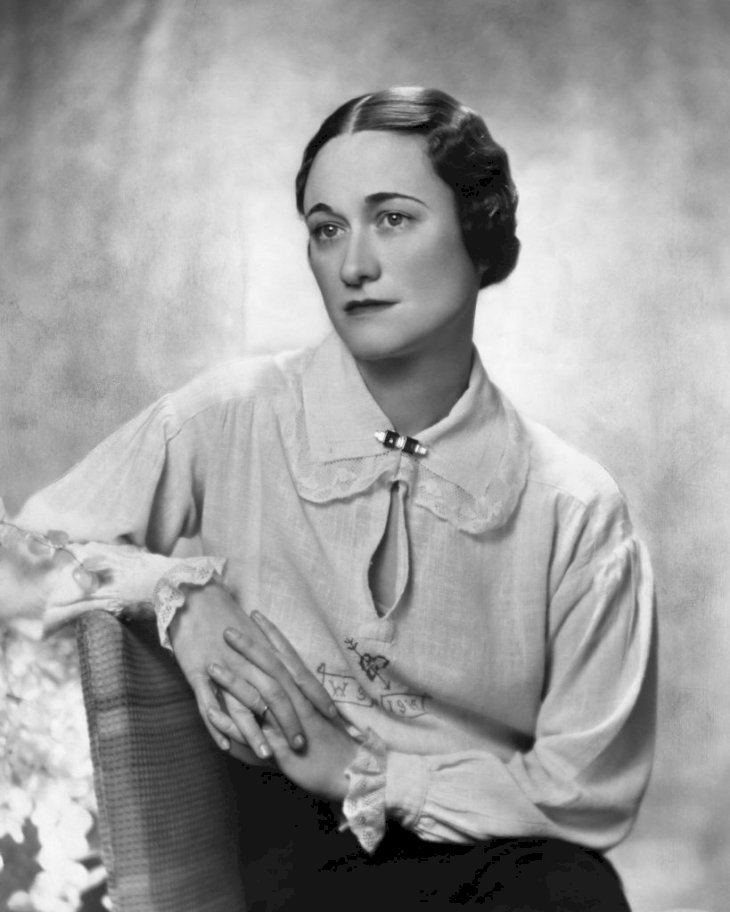
Wallis Simpson in 1931 | Getty Images
Giving It All Up For Love
In 1931, the world's most eligible bachelor, Edward Prince of Wales, met Wallis Simpson, an American friend of his married mistress, Thelma Furness. Wallis was charming, supremely elegant, intelligent, and witty. She was also married, but that only added to her attraction. The Prince loved married women.
Thelma went on a trip to America with her husband, and asked Wallis to "look after my little man," and Wallis did. In fact, by the time Thelma returned, Wallis had replaced her as the Prince's mistress.
But Wallis was a very different woman from the star-struck socialites that surrounded the Prince, known as David by his family and friends. She was irreverent, exciting, challenging, and she never bowed to his status as heir to the Throne. Edward was madly in love, and his father King George V was horrified.

The Duke and Duchess of Windsor in 1939 | Getty Images
It became obvious that Edward had no intention of breaking off his relationship with Wallis, and he wanted his family to receive her. The King and Queen refused. George V, who had expressed qualms about his oldest son's ascending to the throne long before he met Wallis openly said he believed "the boy" would ruin himself within a year after his death. He was right.
King George V's death meant that Edward was King, and he was determined to have no Queen but Wallis. The law stipulated that he could not marry a divorced woman (Wallis had just divorced her second husband, Ernest Simpson) and that the government had to approve the union.
Faced with the refusal of the government to bend to his wishes, Edward VIII abdicated his throne for "the woman he loved." Wallis became the focus of universal hatred as the schemer who had seduced the King to his downfall.
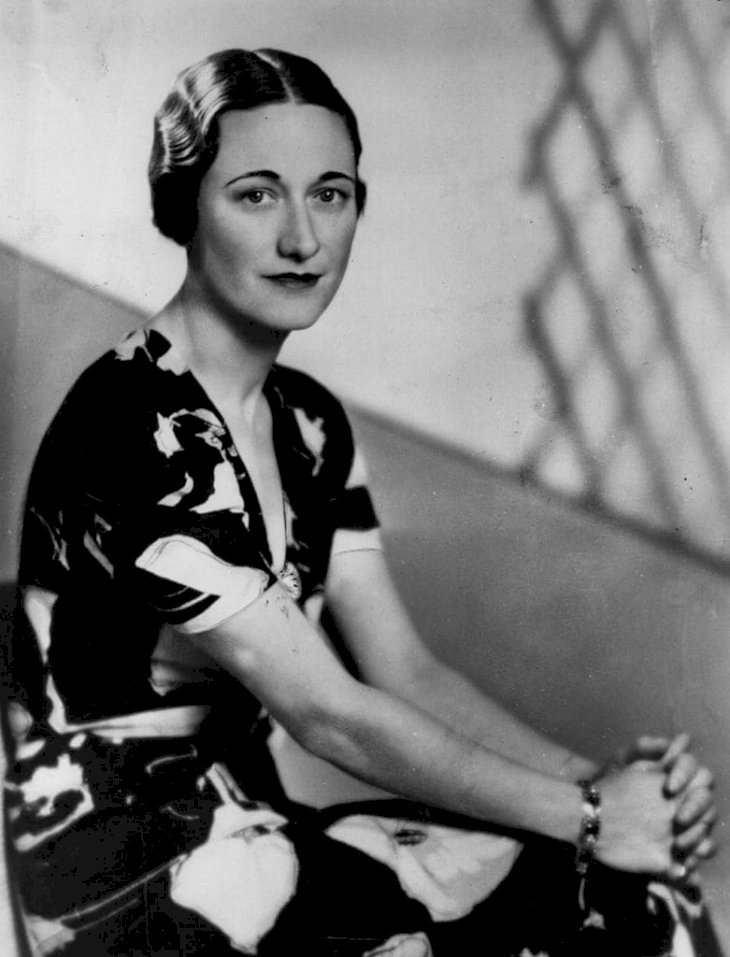
Wallis Simpson in 1937 | Getty Images
Years later, private letters would reveal that Wallis had tried desperately to break off the affair, and had agreed to marry him only when he threatened to commit suicide. Prince Charming was needy, neurotic, and emotionally dependant.
Wallis Simpson married Edward in 1937 and became the Duchess of Windsor. She would spend the rest of her life appeasing him. Wallis would confess to a friend that living a great love had become the tragedy of her life.
The British Royal family never accepted her, and only received her in 1972, when she accompanied her husband's body for burial in the Kingdom he'd forsaken for her.

Prince Harry and Meghan Markle's official engagement photo | Getty Images
Happy Royal Families
Royals are happy and unhappy as frequently as us commoners, but unfortunately, their failings and small agonies become great public tragedies.
So girls, if you're thinking that finding Prince Charming will bring you happiness, think again. Rather stick to your lovely, sweet commoner and be grateful for your nice normal life.